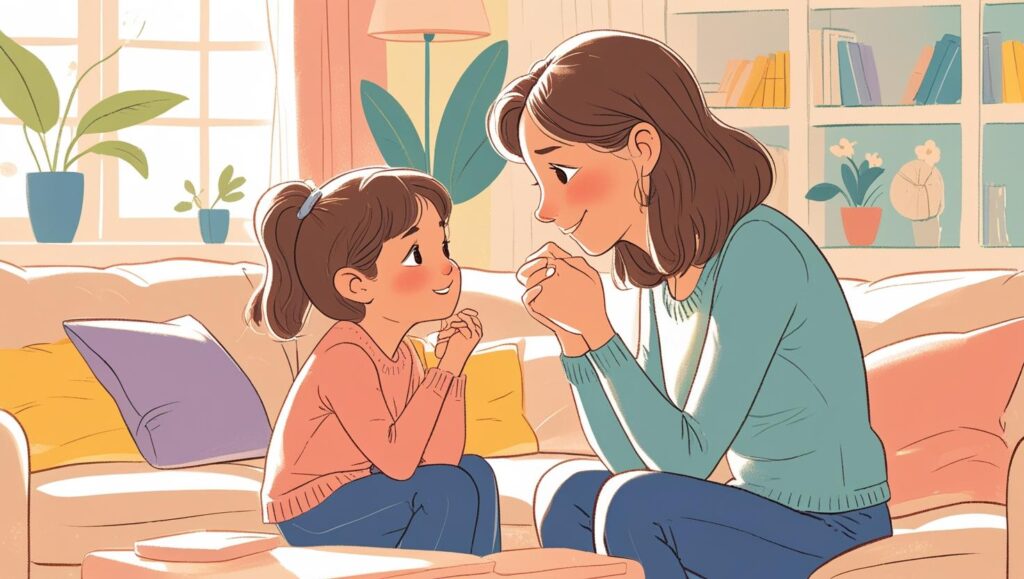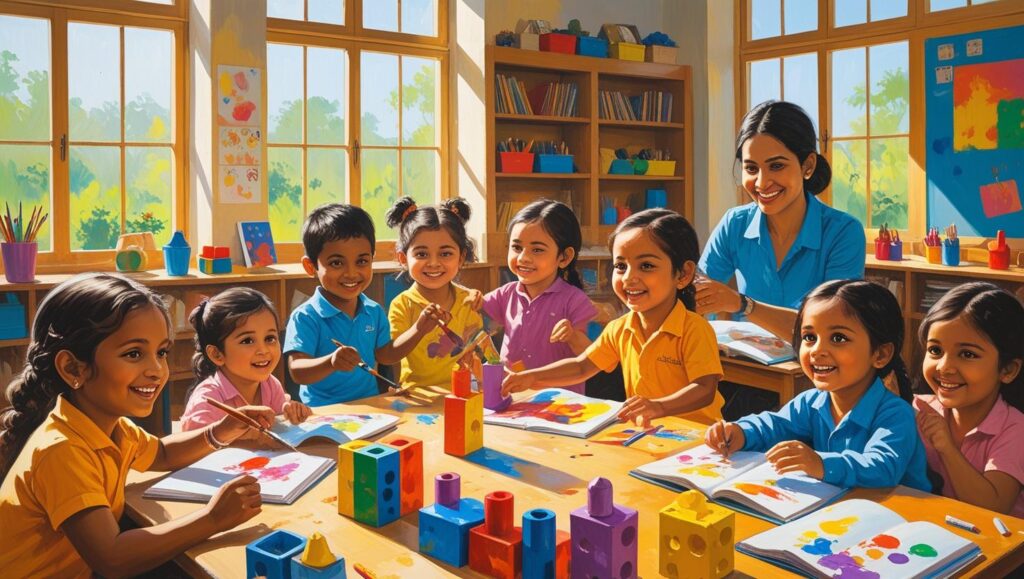👂 “Why doesn’t my child listen to me?”
If you’re a parent of a preschooler, chances are you’ve asked this more than once. You might feel like you’re speaking into thin air when you ask your child to put on their shoes, clean up toys, or stop jumping on the bed.
At Bliss Age, we understand that listening isn’t just about hearing words — it’s about feeling safe, understood, and connected. Preschoolers are still learning how to focus, respond to emotions, and manage big feelings.
Here are 7 simple yet powerful ways to talk to your child — so they not only listen but truly understand.
🧠 1. Get on Their Level — Literally!
Bend down, make eye contact, and speak softly. When you’re face-to-face, your child feels respected and safe. This body language says, “I’m with you, not above you.”
💬 2. Use Fewer Words
Preschoolers process language slowly. Instead of long lectures, use clear, short phrases:
✅ “Shoes on, please.”
🚫 “How many times do I have to tell you to wear your shoes or we’ll be late again?”
⏳ 3. Give Them Time to Respond
Children often need 5–10 seconds to process what you’ve said. Resist the urge to repeat or raise your voice immediately. Count slowly in your mind and watch how often they respond once you pause.
🎯 4. Offer Choices, Not Commands
Empowerment leads to cooperation.
Instead of: “Put on your jacket now!”
Try: “Do you want to wear your red jacket or the green one?”
Giving small choices helps children feel in control and reduces resistance.
❤️ 5. Validate Big Feelings
Before correcting behavior, acknowledge emotions:
“I see you’re upset because we have to leave the park. That’s hard.”
When children feel seen, they’re more open to listening and following through.
🔁 6. Use Routines & Visual Cues
Children thrive on repetition and predictability. Use visual schedules or songs for daily tasks like brushing teeth or packing bags. Familiar structure reduces power struggles.
🧸 7. Model Active Listening Yourself
Children learn how to listen by being listened to.
Put down your phone, make eye contact, and nod when they talk — even when it’s about their imaginary dragon friend who only eats purple cookies!
🌱 At Bliss Age, Listening Is a Two-Way Street
Our classrooms are built on respectful conversations, where teachers listen to children with curiosity — and children listen back with trust. That’s why we focus on nurturing not just smart learners, but also empathetic communicators.
✅ Final Thought:
Improving communication with your child doesn’t require magic — just a few mindful shifts. When children feel heard, they’re more likely to listen. When they feel respected, they’re more likely to respond.



